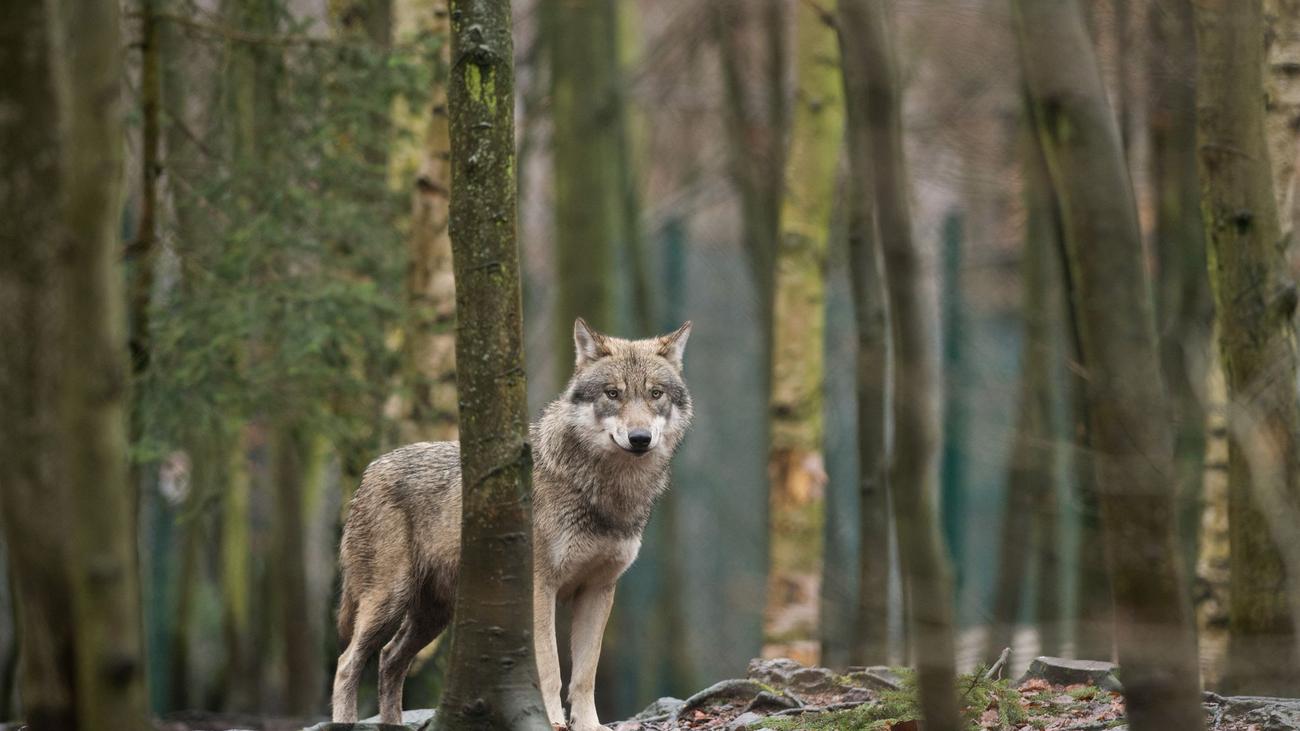
Tracking the Wolves of Saxony: Insights into Wolf Behavior and Dynamics
The Wolf Monitoring Program in Saxony
Since 2019, the Saxon Wolf Monitoring Program has been a vital tool for researchers to delve into the enigmatic world of wolves. Through the strategic deployment of sender collars, scientists have been able to collect valuable data on wolf behavior, territories, and population dynamics.
Phase 1 (2019-2021): Establishing a Baseline
During the initial phase of the program, 17 wolves were fitted with sender collars. These collars transmit data on the animals’ location, providing researchers with a comprehensive understanding of their movements and territories. The data gathered during this phase helped establish a baseline for future monitoring efforts.
Phase 2 (2022-2024): Expanding Knowledge and Monitoring Dynamics
The second phase of the program builds upon the foundation laid in Phase 1. With the continued deployment of sender collars, researchers have been able to expand their knowledge of wolf behavior and track the dynamics within wolf packs.
Unique Insights into Wolf Rudels
The latest data from the monitoring program offers unprecedented insights into the social structure and behavior of wolf packs in Saxony. Three of the collared wolves belong to the "Daubitz II" pack, marking the first instance of a multi-generational pack being monitored in Saxony.
The alpha pair, "Tilda" and "Leon," have successfully raised two litters of pups, demonstrating the stability and reproductive success of this pack. Their territory encompasses the eastern portion of the Truppenübungsplatz Oberlausitz military training area.
However, the data also reveals that the pack members do not always travel together. "Leon," the alpha male, exhibits a larger roaming range than his mate and daughter, frequently venturing into neighboring areas on short expeditions.
New Territories and Pack Dynamics
Another wolf, "Janos," a two- to three-year-old male, has emerged as the leader of a new pack south of Weißkeißel. His movement patterns have shed light on a territorial shift, as he has occupied the former core territory of the "Sagar" pack, which has not been detected since the winter of 2023-2024.
"Janos" and his mate successfully raised four pups last summer, indicating the establishment of a new breeding pair in the area.
Data-Driven Insights: Unraveling Wolf Behavior
The data collected from the sender collars provides a wealth of information that is helping researchers unlock the secrets of wolf behavior. Specifically, the monitoring program aims to address the following key questions:
- Pack size, structure, and dynamics: By tracking the movements of individual wolves within packs, researchers can determine the size, composition, and social hierarchies within these groups.
- Territory size and utilization: The data reveals the extent of wolf territories and how wolves utilize the available space. This information is crucial for understanding the ecological impact of wolves on their surroundings.
- Dispersal patterns of young wolves: Tracking the movements of young wolves helps researchers understand the factors that influence their dispersal from their natal packs. This knowledge is essential for managing wolf populations and mitigating potential conflicts with humans.
Unforeseen Challenges: Traffic Fatalities
While the monitoring program has provided valuable insights into wolf behavior, it has also highlighted the challenges these animals face. One wolf, collared in April 2023, tragically died in a traffic accident just three months later. This incident underscores the need for ongoing efforts to mitigate human-wolf interactions and reduce the risk of wolf fatalities.
Conclusion
The Saxon Wolf Monitoring Program is a testament to the power of scientific research in unraveling the mysteries of the natural world. Through the strategic deployment of sender collars, researchers have gained unprecedented insights into wolf behavior, dynamics, and population ecology. The data gathered will continue to inform wildlife management strategies and conservation efforts in Saxony and beyond.
